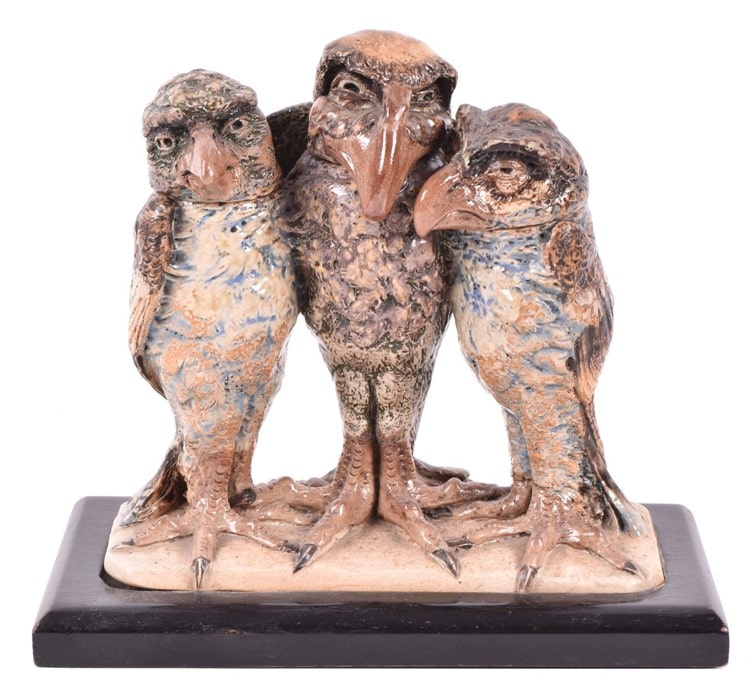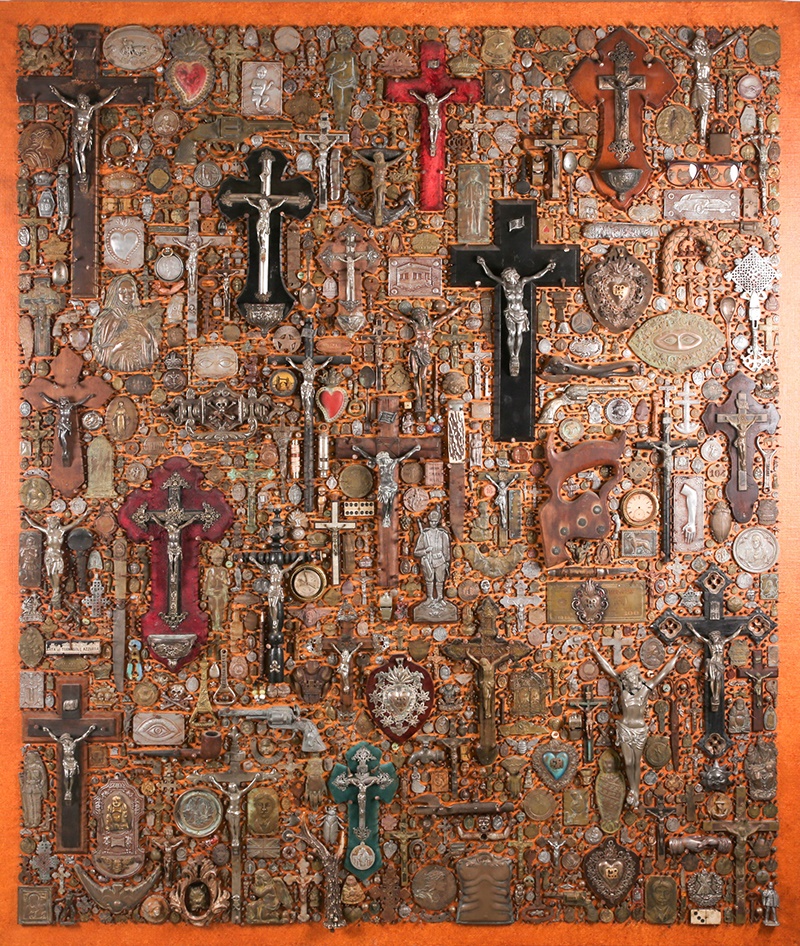The Importance of Provenance in Art and Antiques
Unravelling the Story Behind Your Collection
23/06/2023
Provenance is derived from the French word provenir, which means “to come from”. It details the chronology of the ownership, custody, or location of a piece, preferably all the way back to its creation. A complete and detailed provenance can greatly affect the value and desirability of an artwork, an item of jewellery, or an antique. The documentation is used to authenticate a piece and to establish authenticity, ownership, and value. In addition, it can prove that an item has not been stolen and that the current owner has a clear title for the item.
People have been collecting valuable items for thousands of years and consolidating provenance relating to an item of value can truly be a historical study. Provenance comes in different forms and experts often consult resources such as the Catalogues Raisonnés; historical appraisals; invoices, receipts or bill of sale; auction catalogues; archive and/or model reference, inventory numbers; and exhibition catalogues to establish details. Indeed, it is important to note that the value of authentic pieces can be seriously undermined by careless documentation.
Nancy Fouts 'Artefact Board with Crucifix' Sold for £5,000
Provenance: Direct from the estate of Nancy Fouts (1945-2019)
With forgeries becoming more commonplace, a complete provenance provides clear proof of ownership and is becoming more and more important and sought after for museums, galleries, and noteworthy collectors alike. Can you imagine investing millions of pounds into a sculpture, only to discover that it was seized from a Jewish family during The Holocaust? You would then be obliged to return the said item to the family heirs. The loss could be devastating, so keep in mind how important it is to not only check the provenance, but also to do your own homework on the item.
 A rare triple anthropomorphic bird group by Robert Wallace c.1904. Sold for £32,000
A rare triple anthropomorphic bird group by Robert Wallace c.1904. Sold for £32,000
Undocumented gaps in the timeline of ownership could be indicators of theft or forgery. Only deal with qualified trusted authorities, and if you are not purchasing directly from the owner, consult records from auction houses, art dealers, private collections, galleries, exhibitions, museums, and the media to assist with verifying the provenance.
A legitimate provenance can provide authenticity, which will increase the value, and can make the item more desirable, even compared to other works created by the same artist. In fact, in some cases the only reason there is any interest in an item is because of who previously owned it. When Andy Warhol’s cookie jar collection went to auction, it fetched thirty-five times the auction estimates just because of the interest in “who” had owned them previously.
Having an interesting previous owner who was famous, or Royalty will greatly increase the value of an item, consider the world records achieved for the jewellery collections belonging to Wallace Simpson and Elizabeth Taylor. The story behind the provenance is what captures attention, knowing who had previously owned and worn each of these pieces is what sparked interest and fed the demand.
Provenance establishes an item's collectible significance beyond its market value, and an interesting provenance can make an item even more remarkable. We highly recommend storing digital copies of these documents and information, as well as keeping the hard copies in a safe or with other important documents in your home.
When purchasing a new piece, we would always advise that you carefully review and document the provenance with the help of an expert in the field. Dawsons are members of The Art Loss Register, which means that bidders from around the world can buy art, antiques, jewellery, and watches with confidence from any of our auctions.
Related Articles
Dawsons Announce Partnership with The Art Loss Register
Do you have any art, antiques, jewellery, or watches with provenance that you are keen to sell?
Our experts would be delighted to provide a complimentary valuation.
Streaming live to a global audience of millions, we can help you achieve maximum worth at auction.
Get in touch today, we would be delighted to hear from you:

